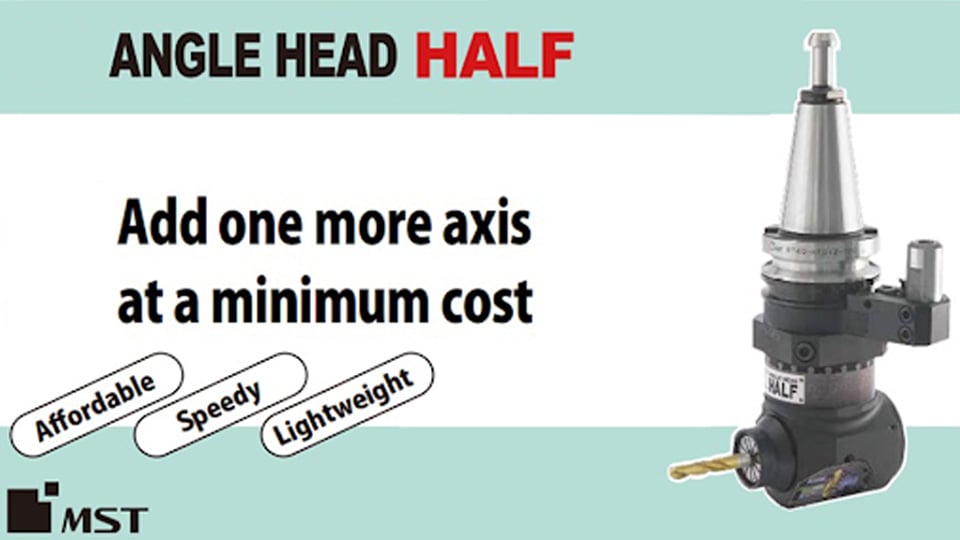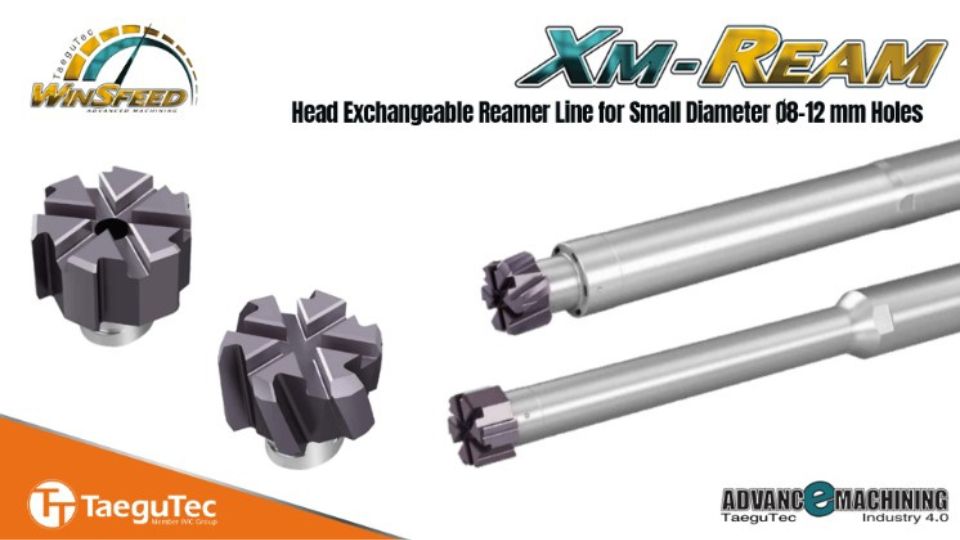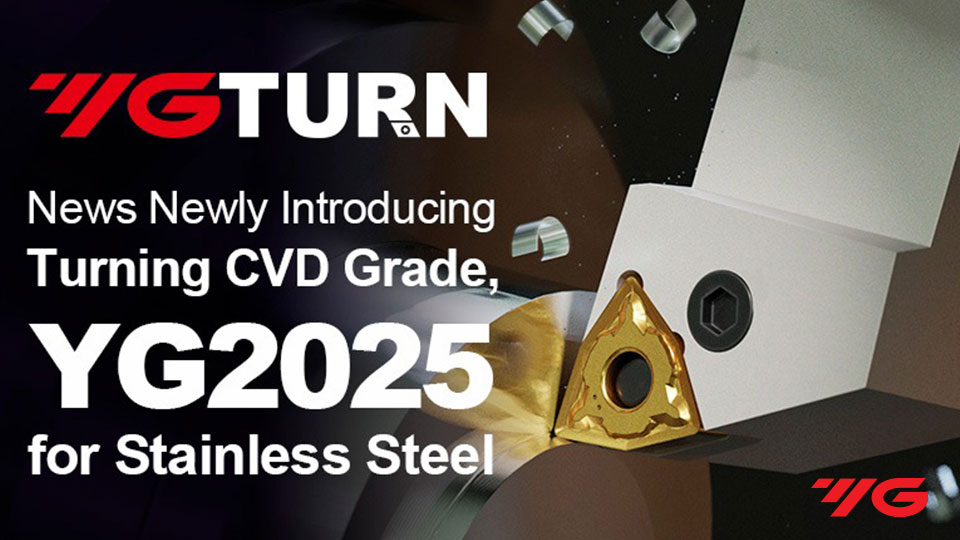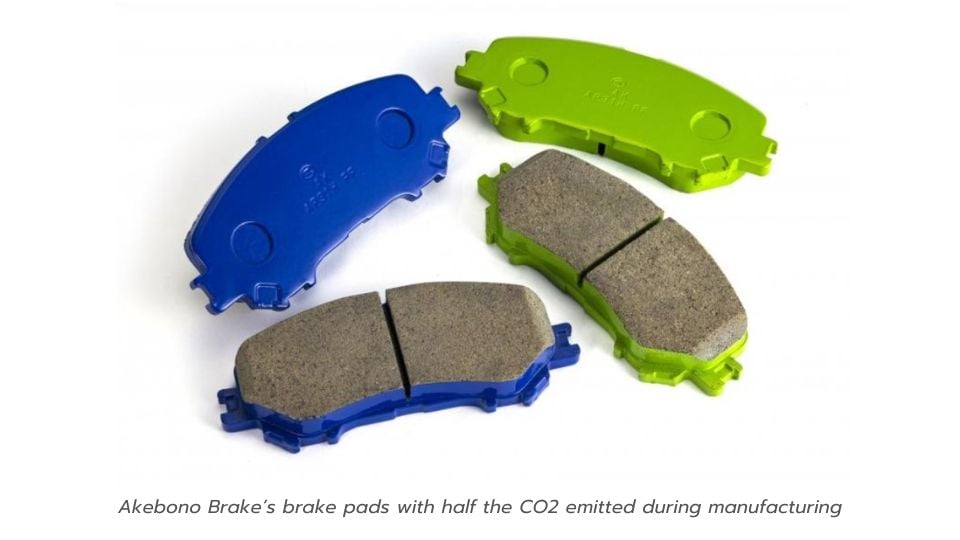
Auto Manufacturing Serious Commitment to Achieving Zero CO2 Emissions by 2050
Auto parts manufacturers are leading a determined effort to drastically reduce carbon dioxide (CO2) emissions in their production processes. The overarching goal of the automobile industry is to attain carbon neutrality, effectively eradicating greenhouse gas emissions, throughout the entire lifecycle of a vehicle, from its creation to its eventual disposal, by the year 2050. This ambitious objective not only pertains to automakers but encompasses the entire supply chain, necessitating a transformative shift in manufacturing practices, including the adoption of renewable energy sources and the reduction or elimination of heating processes. This paradigm shift follows industry trends.
Simplified process saves time / Partial heating reduces emissions
Akebono Brake Industry Co., Ltd.'s forthcoming release of aftermarket brake pads in the autumn of 2023, promises to cut CO2 emissions and production time in half compared to conventional counterparts. This achievement was accomplished by reevaluating the manufacturing process, specifically targeting high-temperature procedures like heating and baking during pad molding. By resequencing the production steps, consolidating and integrating heating processes, and adjusting raw materials, the molding of components at lower temperatures has become feasible. Satoshi Kusaka, General Manager of the Advanced Friction Material Development Department, anticipates the potential expansion of this methodology to other friction materials in the future, citing benefits in streamlining processes and handling high-mix low-volume products.
In addition to the substantial reduction in CO2 emissions, this innovation addresses various environmental concerns, including a reduction in dust production, minimized odours, and the mitigation of substances of environmental concern. It also aligns with European regulations by decreasing wear debris generated during brake use. Following its introduction to the aftermarket, the technology will be proposed to automakers as a means to contribute to the broader decarbonization of the supply chain and will be explored for potential integration into new vehicle models.
Furthermore, Ahresty has unveiled a laser heat treatment technology that selectively heats only the joint surface when joining steel plates and aluminium die casting. This breakthrough is expected to reduce CO2 emissions to just one-tenth and decrease costs to a quarter of conventional treatment methods. The company is poised to introduce aluminium alloy die-casting utilizing this technology in its vehicle body reduction line at an early stage.
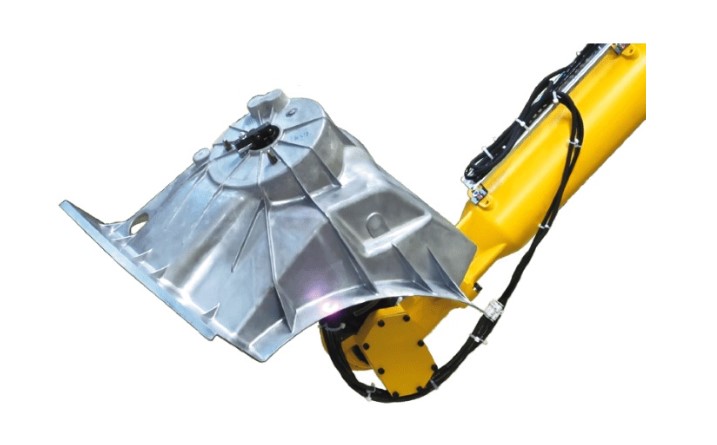
Ahresty’s laser heat treatment technology partially heats only the joining surface of the steel plate and aluminium die-cast greatly reducing CO2 emissions
This advancement is particularly crucial when employing aluminium die-casting for vehicle body parts to reduce overall vehicle weight. Often, this necessitates the joining of die-casting to a steel plate, the base material. The conventional “T7 treatment” for preventing cracks during this process requires significant energy input for heating in the treatment furnace. The new laser heat treatment technology allows for targeted treatment without the need for a furnace, ensuring ductility to prevent cracking in a shorter timeframe.
Use of hydrogen and renewable energy, consideration for sustainability
In addition to these pioneering technologies, companies like Topy Industries have implemented an Internal Carbon Pricing System (ICP system), wherein firms independently assign a price to their CO2 emissions to encourage decarbonization and inform investment decisions. By providing visibility on emissions and creating economic incentives, the aim is to foster a shift in internal awareness towards decarbonization. Topy Industries initially set its internal carbon price at 8,200 yen per ton. This pricing system is applied to investments in production facilities and research and development plans involving changes in CO2 emissions, utilizing the converted cost as a benchmark for investment decisions.
Furthermore, companies are championing sustainability-conscious management, and actively developing initiatives to achieve carbon-neutral tire manufacturing. Sumitomo Rubber Industries' Shirakawa Plant, located in Fukushima Prefecture, has transitioned to using hydrogen as a fuel for the boiler that produces the high-temperature steam needed in the vulcanization process, replacing natural gas. This switch allows for carbon neutrality in both direct and indirect emissions during manufacturing. Additionally, the company is establishing a model for local hydrogen production and consumption within Fukushima Prefecture, leveraging renewable energy sources.
As the industry collectively pushes for sustainability, Sumitomo Rubber Industries aims to expand hydrogen use throughout its Shirakawa Plant and all domestic facilities. The goal of reducing CO2 emissions by 2030 is anticipated to be realized in 2029, one year ahead of schedule.
Looking ahead, Bridgestone's next medium-term business plan for 2024-2026 focuses on smarter, greener factories to increase productivity and reduce energy consumption per unit of production. The company targets achieving a global renewable energy ratio (electricity) of 50% or more by 2023, ramping up to 100% by 2030. By April, all purchased electricity used at ten domestic tire and raw material factories had been transitioned to renewable energy.
Shuichi Ishibashi, Global Chief Executive Officer (CEO), underscores the importance of energy conservation, asserting that business sustainability hinges on its effective utilization. Beyond an expanded reliance on renewable energy in factories, the company is committed to reviewing the entire manufacturing process, including energy-intensive heating procedures, as part of its future sustainability efforts.
#Automotive #Manufacturing #zeroemission #Mreport #ข่าวอุตสาหกรรม
Source: Nikkan Kogyo Shimbun


